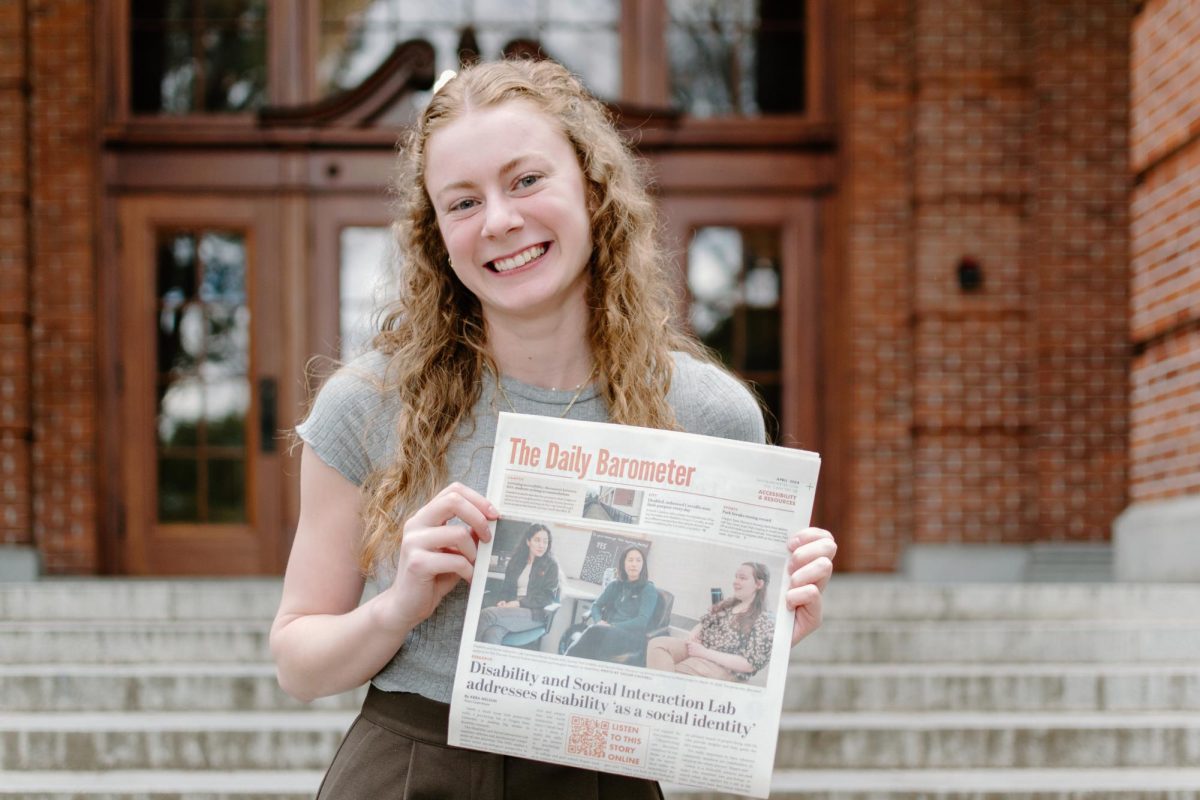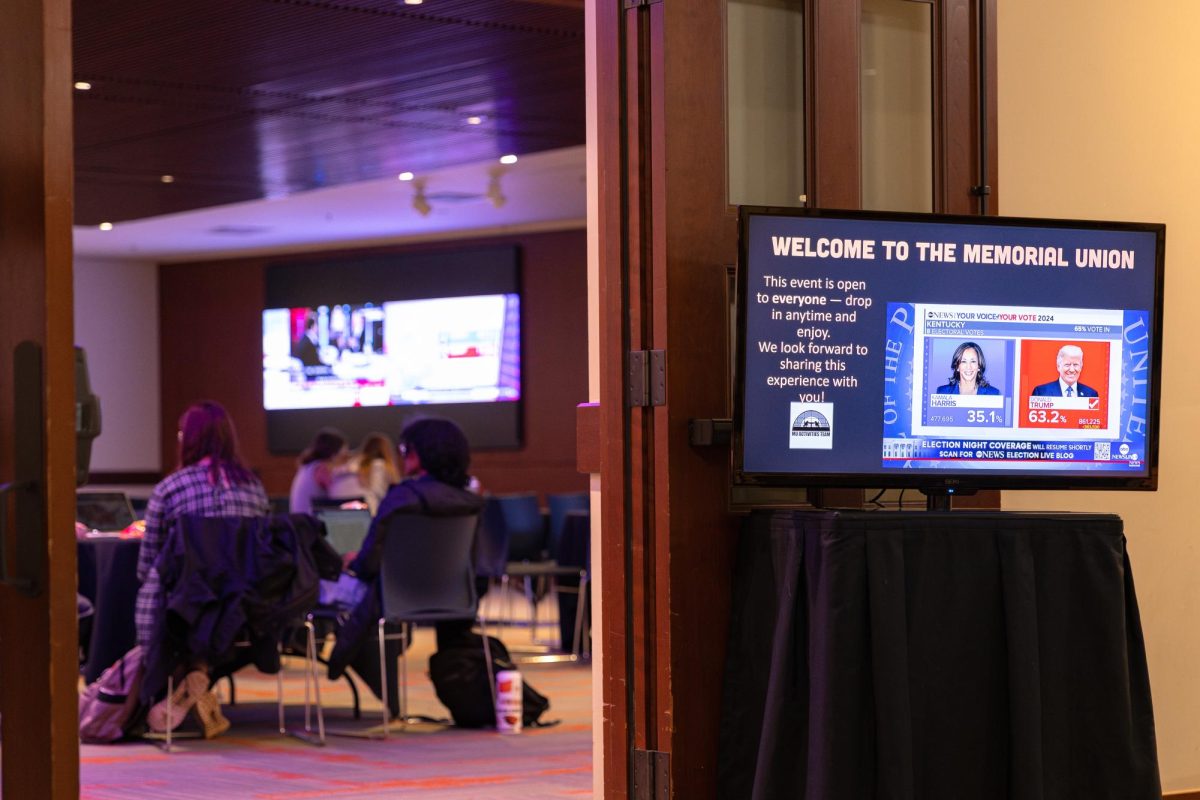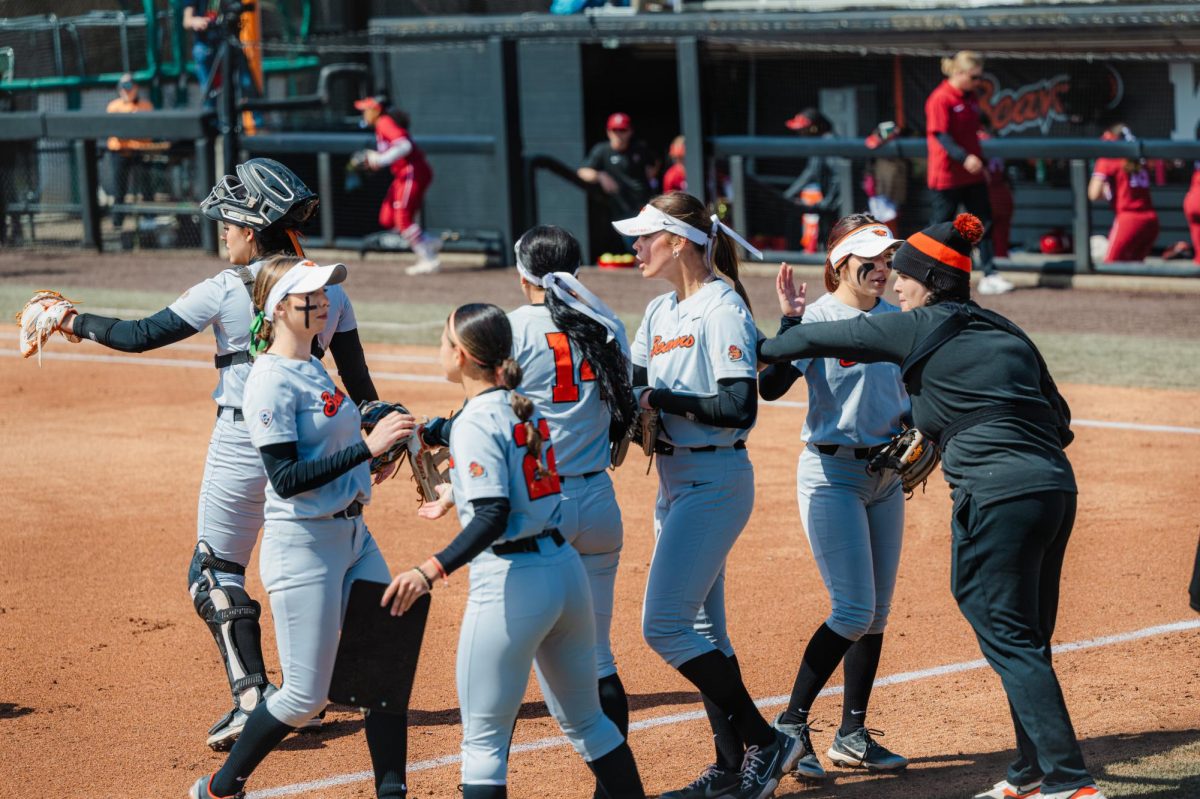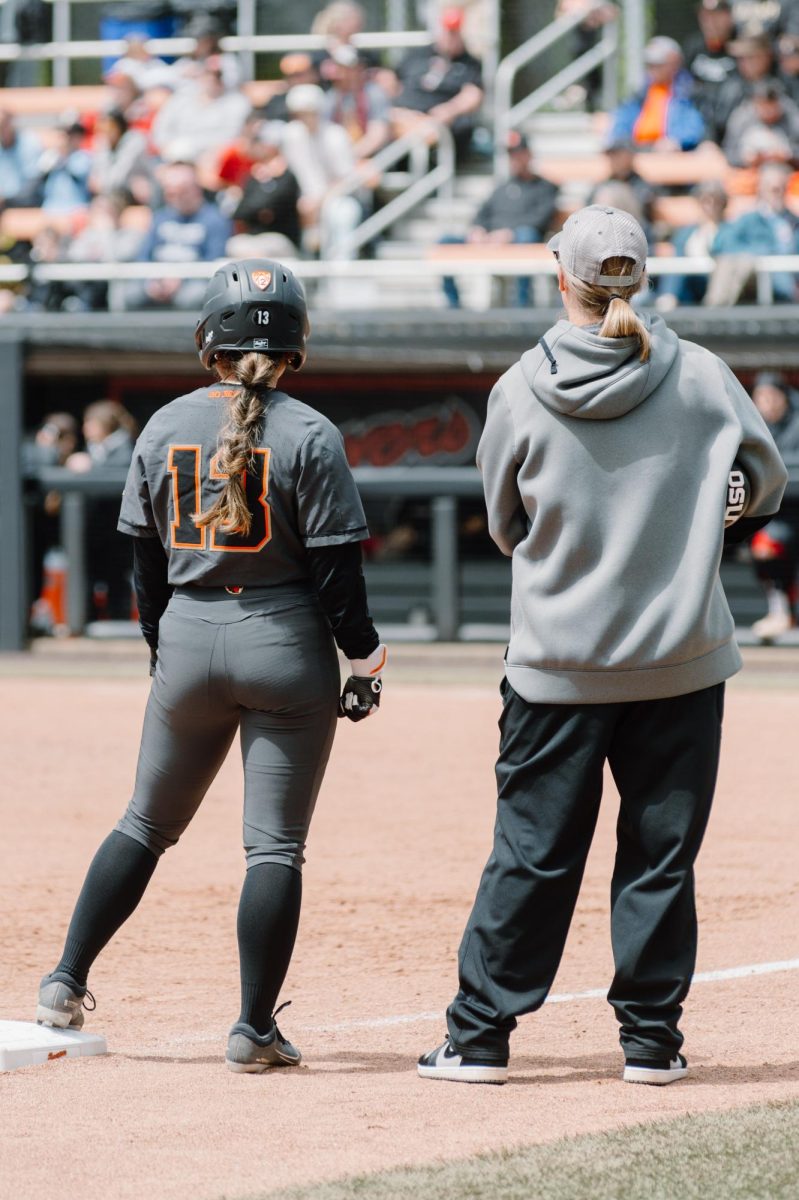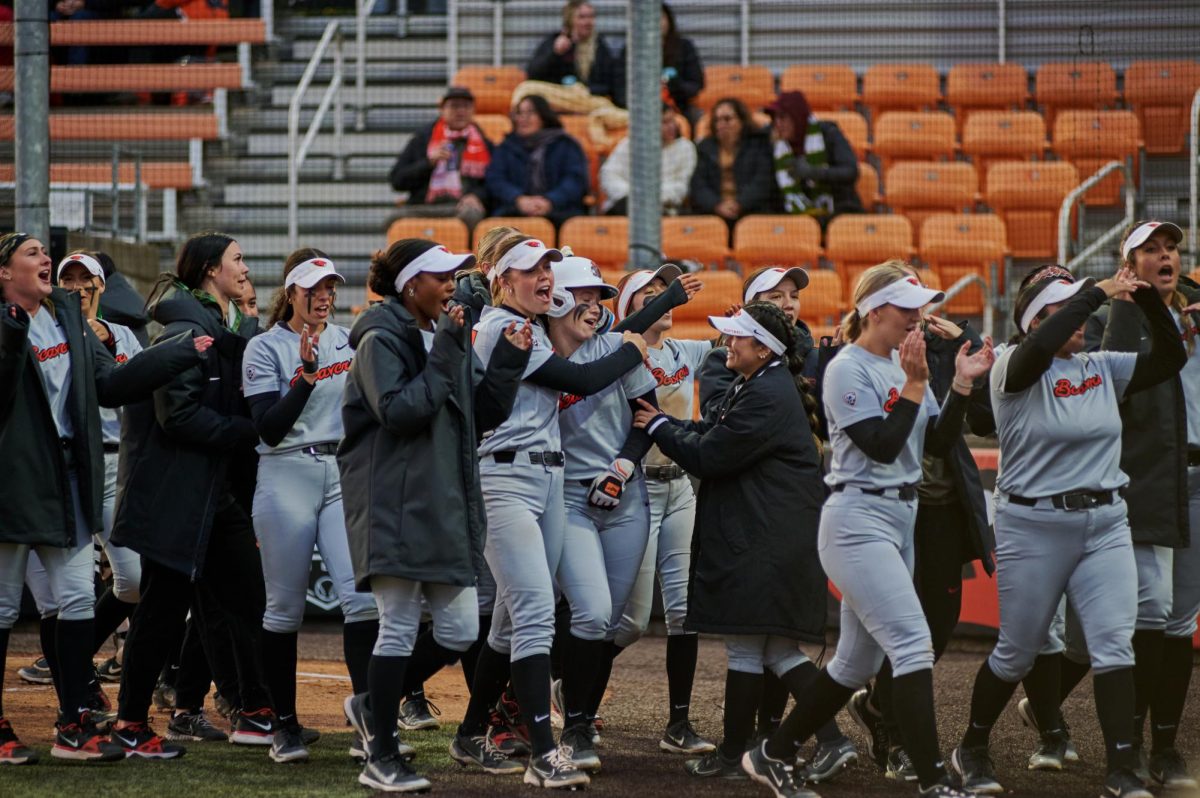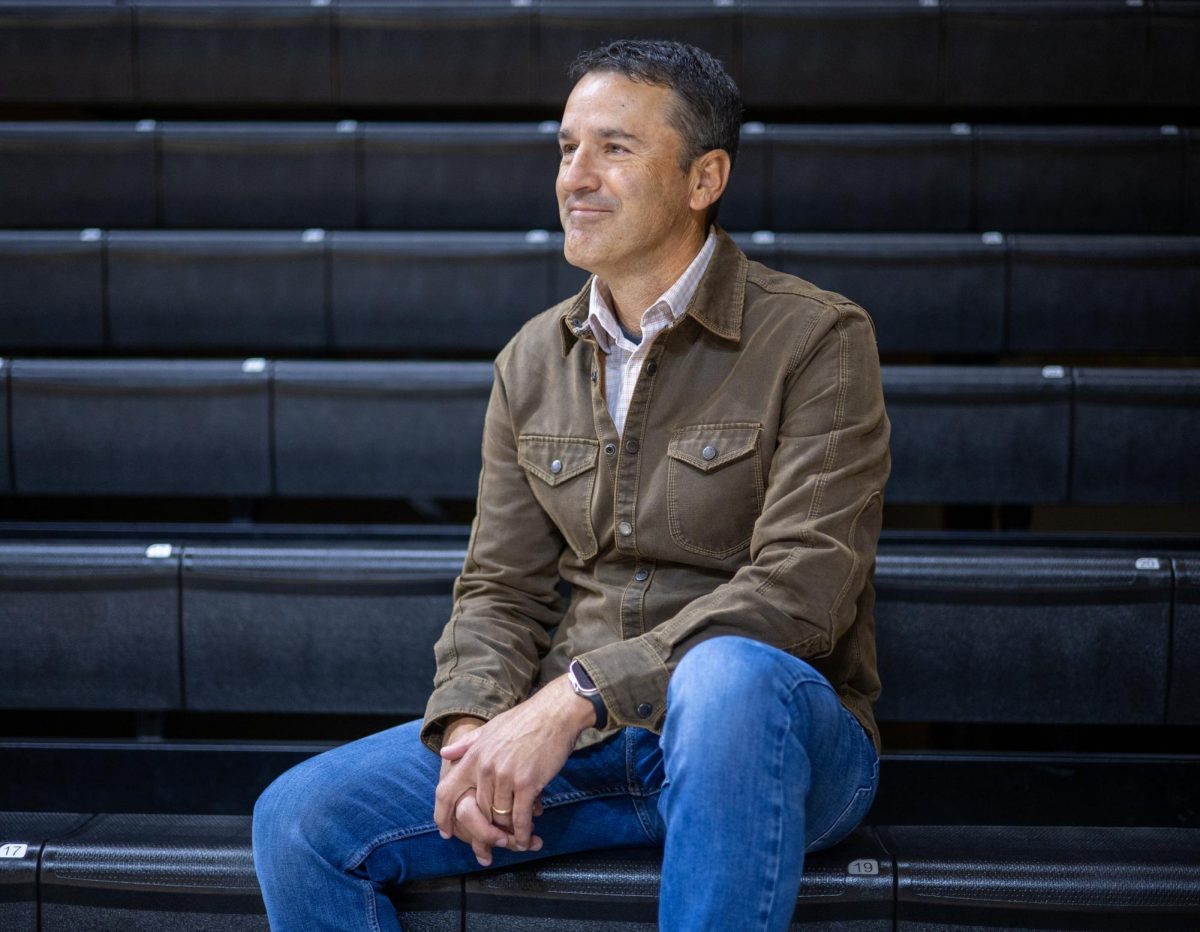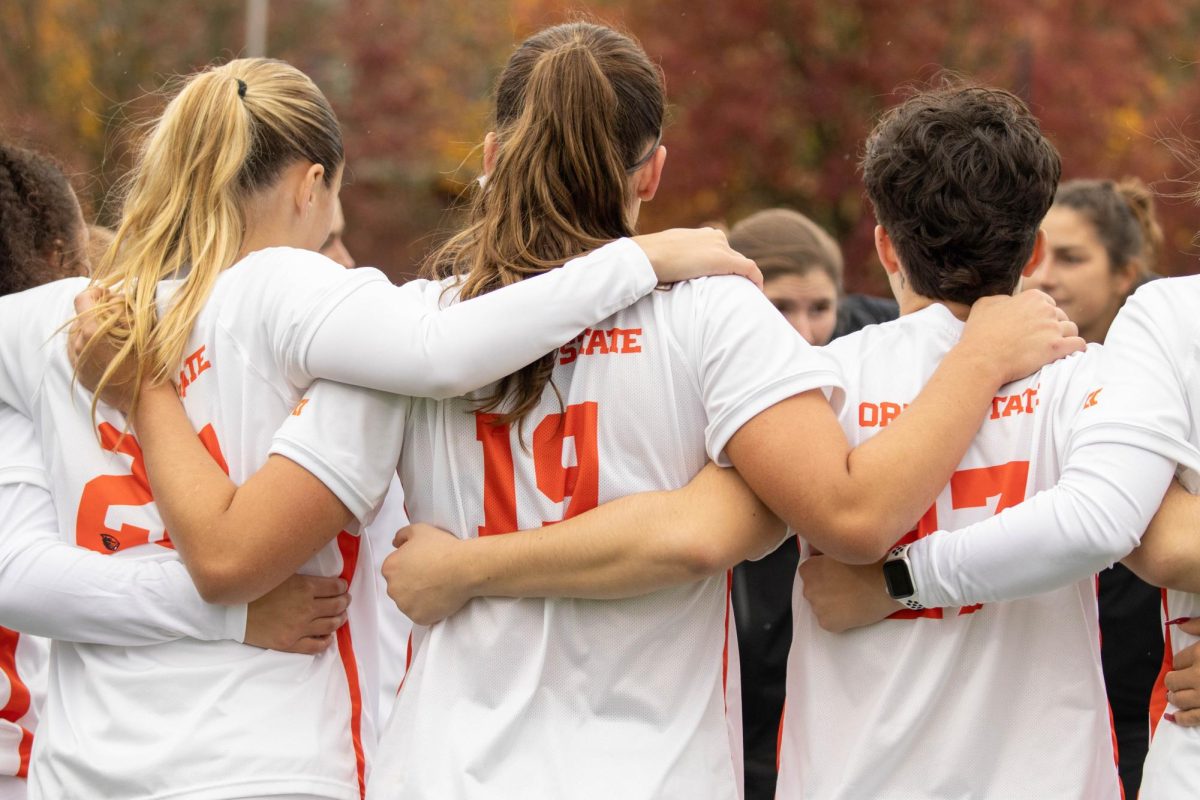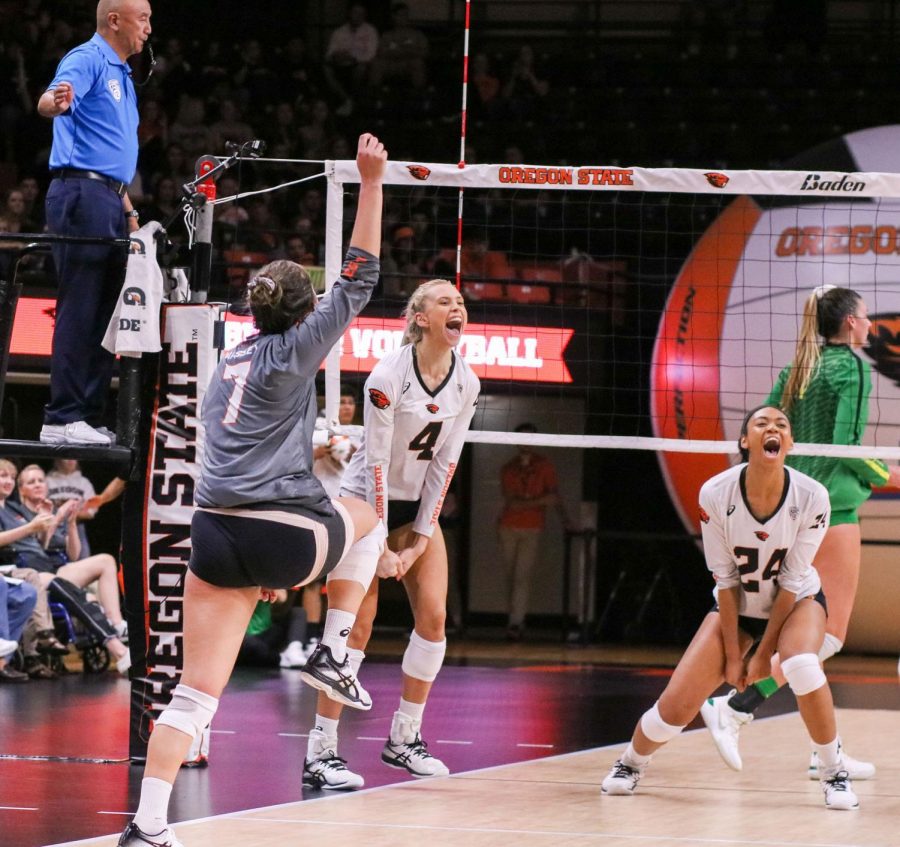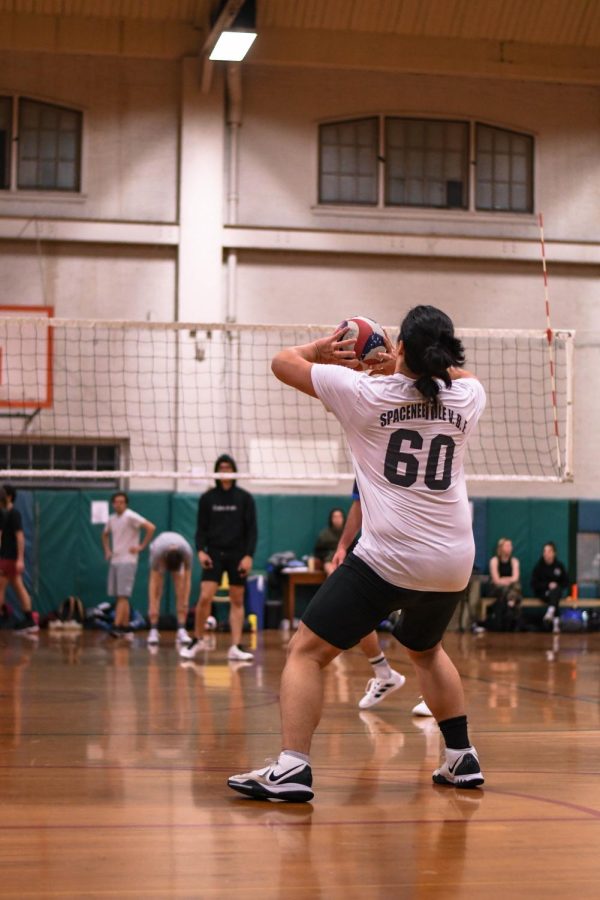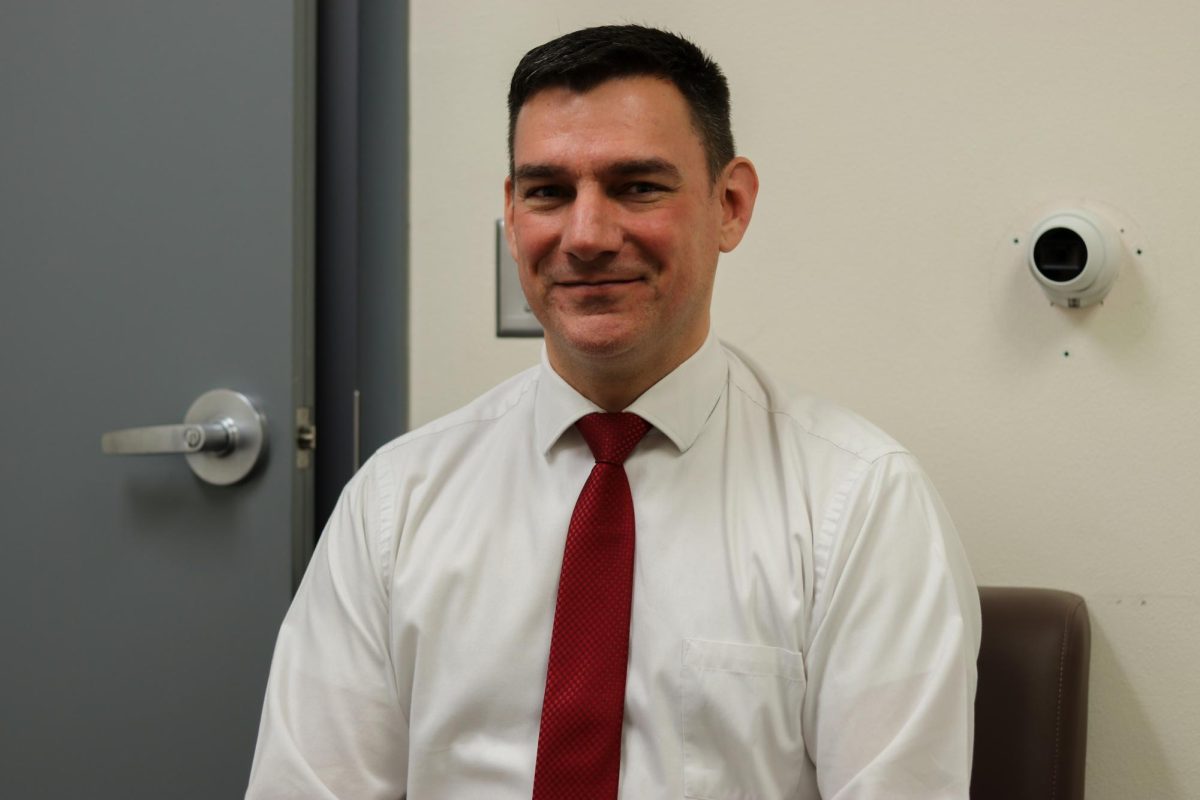Zane Yinger has always strived to take real action in implementing gender-inclusive spaces in their community.
This past year, when they physically ripped down binary gendered restroom labels, they inspired the implementation of gender-neutral bathrooms on OSU’s campus.
In the past year, the Associated Students of Oregon State University executive team has worked on an initiative implementing more gender-neutral bathrooms on OSU’s Corvallis campus.
For President Carissa O’Donnell and Vice President Dakota Canzano, the project has lasted their entire tenure, in an effort to promote inclusivity and equity for all students on campus.
Other initiatives the team has worked on this year to promote this message are the Shared Micromobility Program, a Washington D.C. lobbying trip and opening the Disabled Student Lounge, according to their website.
“(Our) initial goals going in were pretty ambitious, we were hoping to have an identifiable single-user restroom or a gender-neutral restroom space in every single building on campus,” O’Donnell said.
O’Donnell said she worked closely with Paul Odenthal, OSU’s senior associate vice president for administration. They have also worked with campus architects and the Office of Institutional Diversity closely on this project.

Moving into spring term and passing their leadership and legacy off to a new ASOSU staff, O’Donnell wants to focus on the future of this project by amending university policies.
“In the future, any new building that goes up or retro-commission of a building that exceeds a certain price level will have to have the inclusion of gender-neutral restrooms,” O’Donnell said.
One of the team’s big successes this year has been with the Patricia Valian Reser Center for the Creative Arts, which is set to open on April 6 for OSU students and the public. Because of the work done by the executive team, the entire first floor of this new building will be opened as a gender-neutral space.
Beyond this, O’Donnell and Canzano say they hope to focus on student-fee funded buildings here on campus. They explained that this is where ASOSU has more jurisdiction and they hope to work on areas like Dixon Recreation Center, the Memorial Union and the Student Experience Center.
One of the main inspirations for this initiative and the work ASOSU has done is Zane Yinger, a student at OSU and the queer advocacy coordinator for ASOSU.
“I was in the (Oregon) House of Representatives and during our fee-setting process, Zane came in as a student and expressed their hope for commitment to gender-neutral spaces on campus, like restrooms,” O’Donnell said. “It’s really hard sometimes to put your finger on what a community advocacy or equity issue is in a tangible sense, and so having students come into our meeting and share what they are experiencing, often gives us the initiative to start influencing.”
And this is exactly what Yinger did. They brought to the executive branch’s attention specific issues they had with the “gender-neutral” bathrooms in the Peavy forestry building. The issue they found was, that despite the floor-to-ceiling and private stalls, the restrooms had binary gendered signs, which were not plaques but stickers on the wall.
This frustrated Yinger, who explained that, “there is clear architectural, concrete infrastructure that is inclusive and designed to be so, but then there is this social label that undermines the physical infrastructure, so that doesn’t make any sense.”
After Yinger took matters into their own hands, removed the stickers and was sent through student misconduct, they recalled that during the disciplinary action, they felt the administration winking at them and almost saying, “don’t let this stop you.”
After coming to O’Donnell and Canzano with this story and eventually securing their position as ASOSU queer advocacy coordinator, Yinger continues working on their goals for gender-neutral spaces on campus.
“The goal is to make effective change and my personal approach is one very much based in healing,” Yinger said. “I recognize we have cultural wounds surrounding gender and gender violence. And that is true of women, it is true of non-women as well, of queer people, and I think our spaces really influence culture and our culture influences our concrete as well.”
While cultural challenges are inevitable, O’Donnell said public awareness can influence how these changes are perceived.
“When you reintroduce a space as gender neutral, especially with restrooms, some people are going to feel that a resource has been taken from them. Educational platforms and support systems support this reintroduction and are crucial to highlighting the benefits a gender-neutral restroom has,” O’Donnell said.
In addition to this social aspect, Canzano said she recognizes regulations have to both be met and be in place for gender-neutral restrooms to exist. When they are dealing with ripping out walls and changing entire building structures, problems and delays are faced.
“This is a solidarity effort. This work is for everyone. And the current restroom structure … is extremely violent for queer people, but is violent to all people and unfair to all people,” Yinger said.

